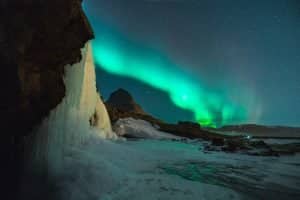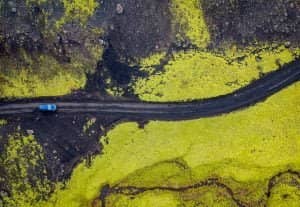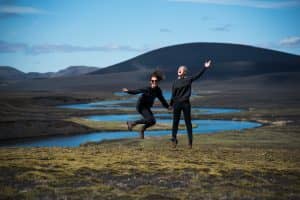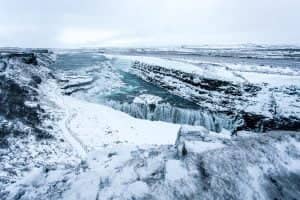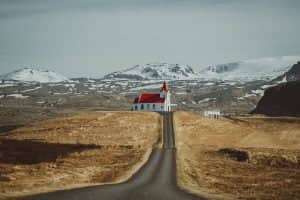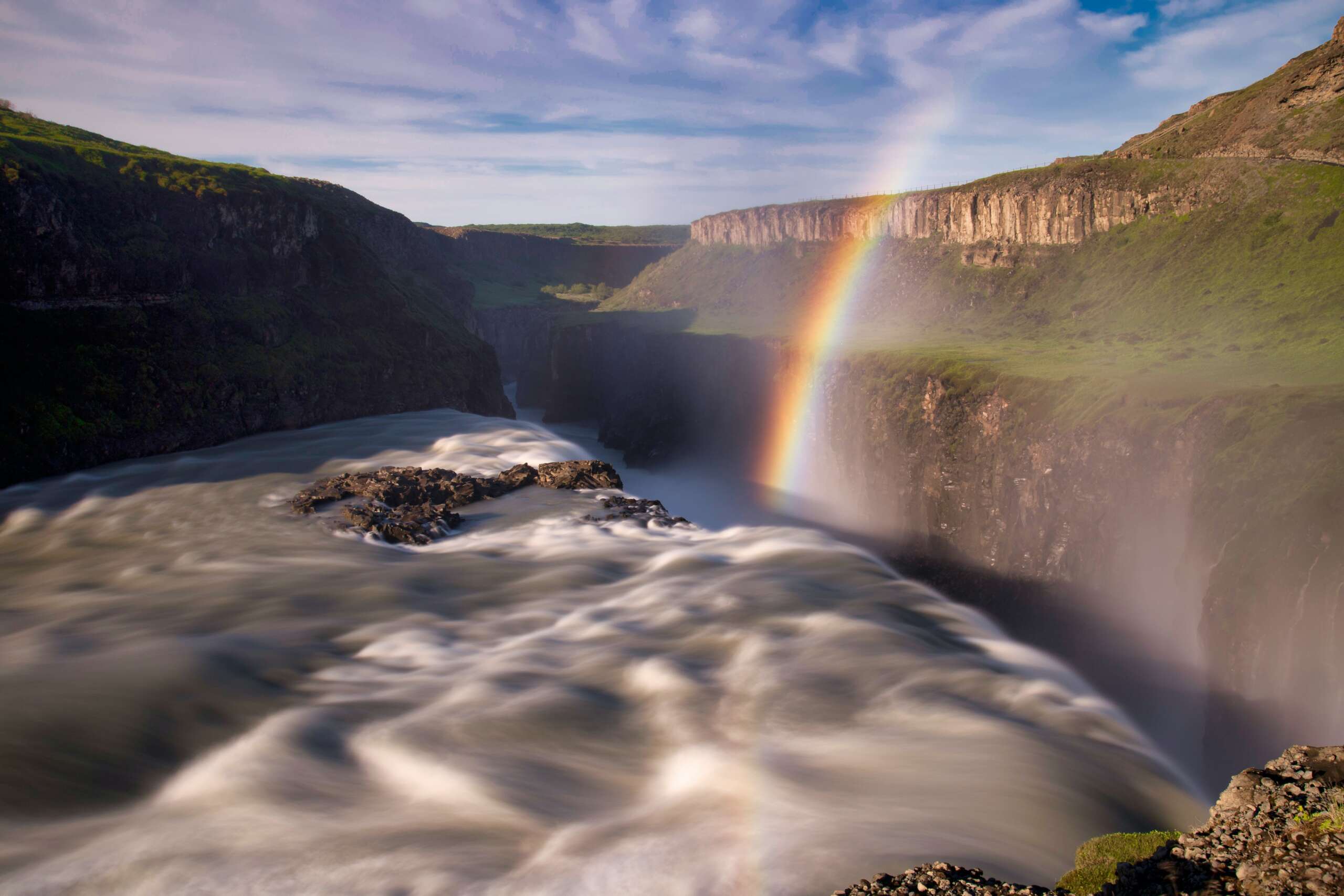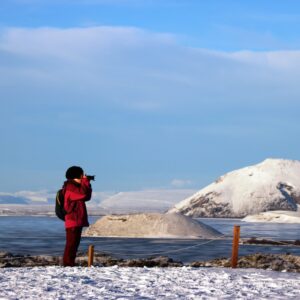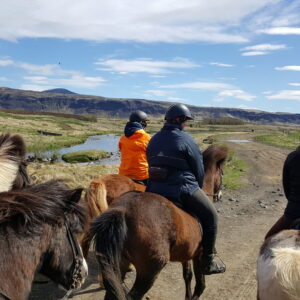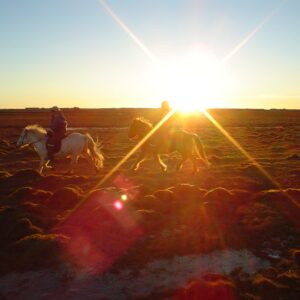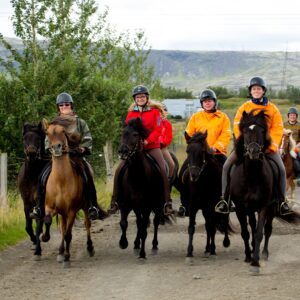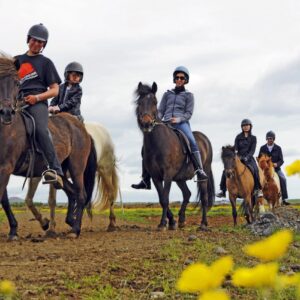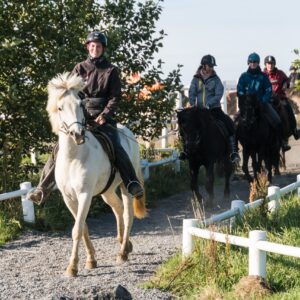It is pleasant to see some of the most beautiful landscapes in the world. But what is even more fascinating is passing roaring waterfalls with multiple tiers and breathtaking rock sides along the way. If the thought of that excites you, then you are ready to embark on an unforgettable journey by taking a trip around the Golden Circle in Iceland.
The Golden Circle covers approximately 300 kilometres (190 miles) and loops from Reykjavik through the southern uplands of Iceland. It is the region in Iceland that is home to the majority of the country’s tourist attractions and other tourism-related activities. You should remember to take a camera along to capture the moment.
The Thingvellir National Park, Gullfoss waterfall, and the geothermal area in Haukadalur, which houses the geysers Geysir and Strokkur, are the three most important stops along the trip.
Attractions in The Golden Circle
Although it is home to a plethora of sights, the Golden Circle is best recognized for being the road that links:
- The National Park of ingvellir (Thingvellir)
- The Strokkur Geysir and the Great Geysir
- And Gullfoss
National Park of Ingvellir (Thingvellir)
Explore the interesting combination of Icelandic history and the country’s stunning natural scenery. One of the most well-known destinations around the Golden Circle is ingvellir, which is pronounced as ‘Thingvellir.’ In addition to that, it was the first national park in Iceland and is also a UNESCO World Heritage Site. It is your first destination if you travel the Golden Circle in a clockwise direction, beginning in Reykjavik.
For those who are interested in geology, it is important to know that Ingvellir National Park is also the location where the North American and Eurasian tectonic plates collide. Ingvellir National Park is an obvious choice to begin your journey to Iceland.
Geysir Geothermal Area
Driving in a clockwise direction brings you to the geothermal area of Geysir, which is located within the Haukadalur Valley. The journey takes you through further volcanic landscapes that are characterized by steaming vents and chimneys. As you approach the geothermal area where Geysir is located, the activity around you gets more intense. This means you have to hold tight and prepare to enjoy the moment!
Strokkur Geyser in Haukadalur Valley
Great Geysir and Strokkur Geysir are two notable geysers that can be found in this area, which is characterized by its vibrant landscape. Great Geysir, also known simply as “Geysir,” is the geyser that was first documented in European literature. It has been erupting continuously for approximately 10,000 years! Geysir is regarded to be all but quiet at the moment; it only stirs when earthquakes spark bursts of activity that last a few months at a time. So, you shouldn’t anticipate much from it right now.
However, if you’re looking for some excitement, you shouldn’t venture too far from Strokkur. This geyser blows its top every 6–10 minutes, sending scalding water up to a height of 40 meters (131 feet). Simply take precautions to ensure that both you and your camera are protected from the elements. As you make your way through the neighboring Haukadalur Valley, you will have the opportunity to take in the sights of a number of bubbling mud pots, lesser geysers, and steaming hot springs.
Gullfoss Waterfall
One of the most well-known waterfalls in Iceland, Gullfoss, can be reached in a relatively short car ride. Observe the water as it cascades over two drops, plunging a combined 32 meters (105 feet) below, and take in the beautiful rainbows created by the spray. You get a wonderful view of the Langjokull ice sheet from your vantage point.
When there is no snow or ice on the ground during the summer months, visitors are able to go right up to the edge of Gullfoss and feel the spray of the waterfall on their faces. It’s an amazing and energizing experience all the way through.
Rafting down the Hvita river is an amazing experience that gives you the opportunity to feel the force of the waterfalls from a closer vantage point. You can educate yourself about Sigridur Tómasdóttir, who is sometimes referred to as “Iceland’s first environmentalist.” This local woman led a campaign to save the falls from being developed into private property, which finally opened the way for the falls to be designated as a national conservation area and therefore be preserved for all time.
Additional Sights to See in The Golden Circle
Although the ingvellir National Park, the Geysir geothermal area, and Gullfoss waterfall are the most well-known sites along the Golden Circle route, there are also some worthwhile side trips you may take.
1. Kerið Crater
The inside of Keri Crater contains a teeny weeny lake and is shaped like an oval in its entirety. The lake below adds to the palette with its sky-blue waters, while the rocks surrounding the crater have flaming reds and oranges combined with bursts of black and green. This is such a stunning location; you could easily snap a thousand photographs here.
2. Langjokull Glacier
Snowmobiling on the Langjokull Glacier is sure to be the experience of a lifetime for anyone. Any time of the year is a good opportunity to visit the Langjokull Glacier because snow is constantly present there.
3. Geothermal baths located in Fontana
They are situated in the village of Laugarvatn, midway between Thingvellir and the Geysirs. One may truly unwind and relax there after a long day. The Fontana spa uses the natural waters from the region’s hot springs to produce three steam rooms, a traditional Finnish sauna, and shallow bathing pools that are suitable for children.
4. Þjórsárdalur (Thjorsardalur) Valley
Even though it’s not technically a part of the Golden Circle, Thjorsardalur is a great place to get away from the crowds and enjoy some peace and quiet. Waterfalls with roaring names like Hjalparfoss, Haifoss, Gianni, and Pjofafoss may be found in this area.
5. Sólheimar
Make a pit stop at the eco-village of Solheimar on the way back from the Geysir Geothermal Area and Thingvellir National Park. By paying a visit to this village, you will have the opportunity to gain further insight into the manner in which the local community supports the endeavors of its residents and strives to fulfil the full potential of each individual person, irrespective of their age or physical condition.
6. Skálholt
This tiny community is steeped in history and is thought by some to be the first town to ever exist in Iceland. The country’s first bishop’s estate and the first school were both located at Skalholt. It is well worth your time to stop and see the picturesque cathedral or travel to the neighboring Secret Lagoon.
Food Ideas When Visiting the Golden Circle
The drive around the Golden Circle offers a wealth of opportunities for photography. And while you’re in Iceland, if you’re a lover of posting images of your meals on social media, you might want to snap a few photos of some traditional and modern Icelandic dishes to share with your followers. A true treat for the senses could be waiting for you along the journey in the form of foods such as Skyr yoghurt, freshly caught fish like lobster tails, and locally grown farm products.
Cost of The Golden Circle Tours
Although there are no fees associated with touring the Golden Circle, you will need to hire a car and pay an entry fee at a few of the sites along the route. The length of time you rent a car, the sort of lodging you choose, the number of attractions that require tickets, and the restaurants you dine at will all have an impact on the overall cost.
Best Time to Visit the Golden Circle
The Land of Fire and Ice is a place that can be visited at any time of the year; therefore, the decision comes down to one’s individual preferences. Spend your vacation in Iceland during the summer to take advantage of the longer days. You won’t need to stress about trying to cram everything in before it gets dark because the sun will drop extremely slowly for a while.
On the other hand, if you drive the Golden Circle in the winter, you have a chance of seeing the aurora borealis or the breathtaking grandeur of snowy rock walls caused by the freezing spray of the Gullfoss waterfall. Before you decide whether you want to visit Iceland in the winter or the summer, make a plan for how you want to spend your time there.
Bottom Line
It is possible to complete the entire Golden Circle in a single day. Most of the trips begin and end in Reykjavik, where a wide variety of hotels and guest houses are available to accommodate travelers of varying financial means. The only challenge you will face during your time in Iceland will be selecting the appropriate starting point for each day, given the abundance of opportunities available to you.
-
 Whales & White Water Rafting
Whales & White Water Rafting -
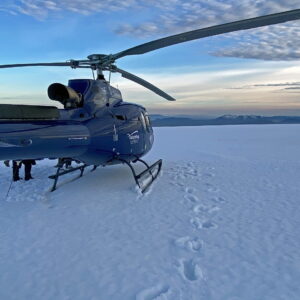 Volcanoes, Waterfalls and Glacier Landing – Helicopter Tour from Reykjavik
Volcanoes, Waterfalls and Glacier Landing – Helicopter Tour from Reykjavik -
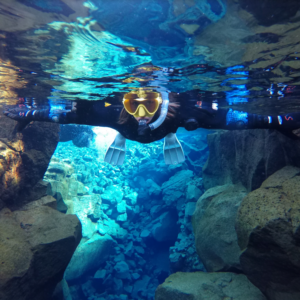 Snorkeling in Silfra -With Transfer from Reykjavík
Snorkeling in Silfra -With Transfer from Reykjavík -
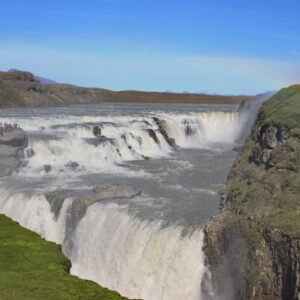 Self-drive – 9 days: Iceland Classic Circle Tour
Self-drive – 9 days: Iceland Classic Circle Tour -
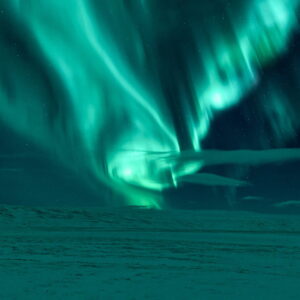 Self Drive Tour- Northern Lights Adventure Camper´ Break – 5 Days – 4X4 Campervan
Self Drive Tour- Northern Lights Adventure Camper´ Break – 5 Days – 4X4 Campervan -
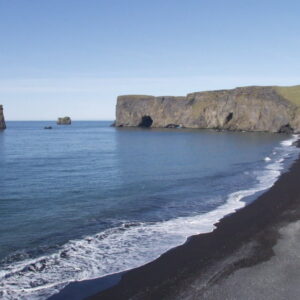 Self-drive – 8 days: Magical West and Pearls of the South
Self-drive – 8 days: Magical West and Pearls of the South -
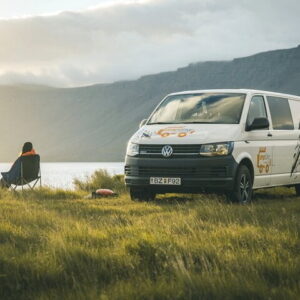 Self -Drive Tour – Golden Circle & Waterfalls in 6 Days – 4×4 Campervan
Self -Drive Tour – Golden Circle & Waterfalls in 6 Days – 4×4 Campervan -
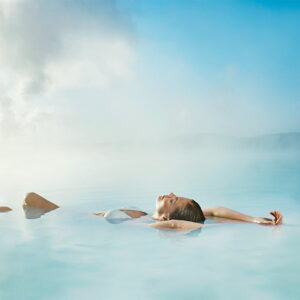 Private Golden Circle with Blue Lagoon
Private Golden Circle with Blue Lagoon -
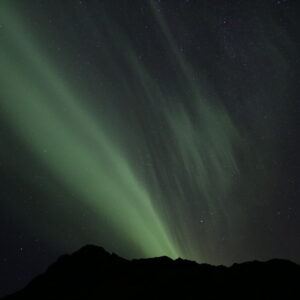 Northern Lights Special – South Iceland – 4 days
Northern Lights Special – South Iceland – 4 days -
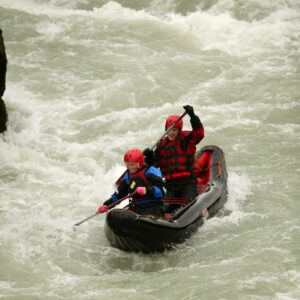 Kayak River Ride – from Reykjavik
Kayak River Ride – from Reykjavik -
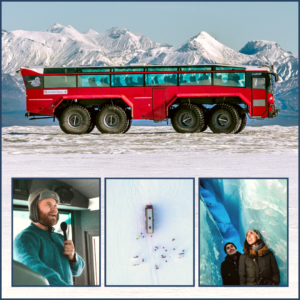 Ice Cave and Glacier Tour in Glacier Monster Truck from Gullfoss
Ice Cave and Glacier Tour in Glacier Monster Truck from Gullfoss -
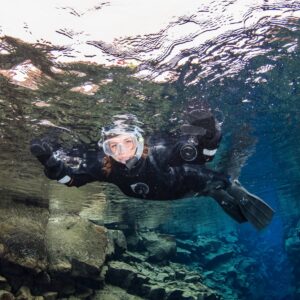 Hot and Cold Snorkeling and Spa tour
Hot and Cold Snorkeling and Spa tour -
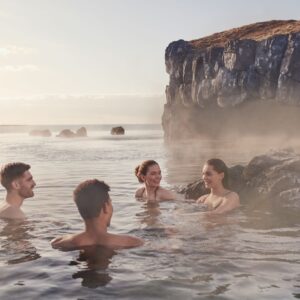 Golden Circle & Sky Lagoon Experience
Golden Circle & Sky Lagoon Experience -
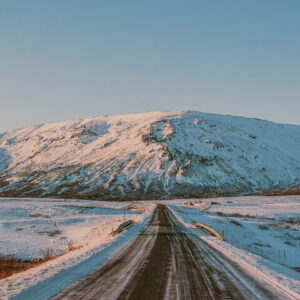 Golden Circle and Secret Lagoon Tour from Reykjavík
Golden Circle and Secret Lagoon Tour from Reykjavík -
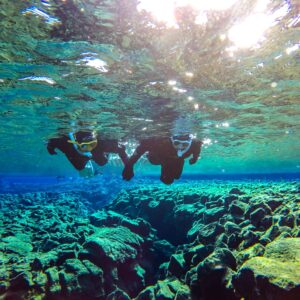 Golden Circle & Snorkeling in Silfra Minibus Tour | Free Underwater Photos
Golden Circle & Snorkeling in Silfra Minibus Tour | Free Underwater Photos -
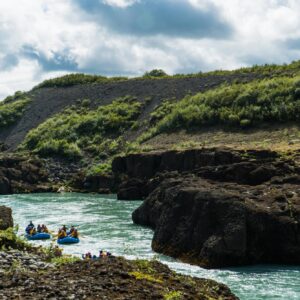 Golden Circle and Rafting
Golden Circle and Rafting -
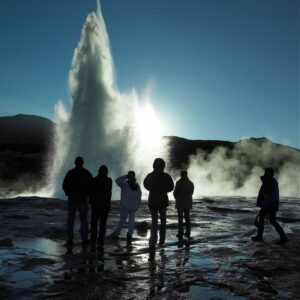 Golden Circle Classic and Northern Lights Mystery
Golden Circle Classic and Northern Lights Mystery -
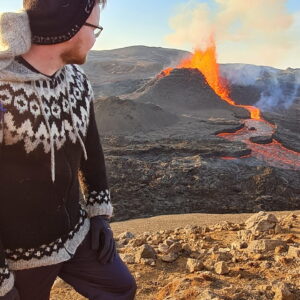 Book a private Tour
Book a private Tour -
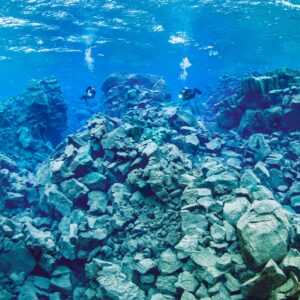 Davíðsgjá Dive Tour
Davíðsgjá Dive Tour -
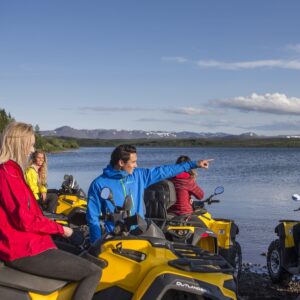 ATV & Golden Circle
ATV & Golden Circle -
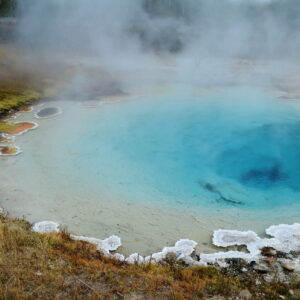 8 Day Around Iceland Summer Minibus Tour
8 Day Around Iceland Summer Minibus Tour -
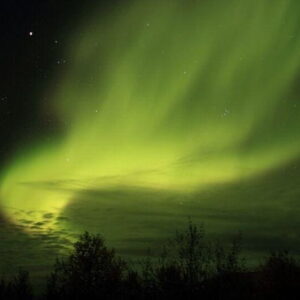 8 Days Northern Lights Exploration
8 Days Northern Lights Exploration -
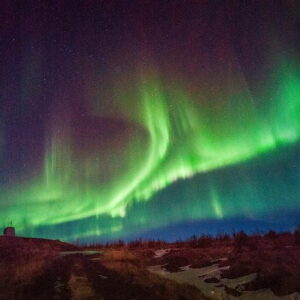 8 Days Northern Lights Exploration – Small group
8 Days Northern Lights Exploration – Small group -
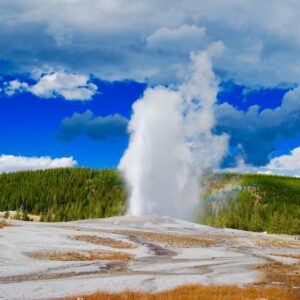 6 Day Around Iceland Summer Minibus Tour
6 Day Around Iceland Summer Minibus Tour
